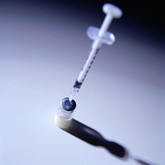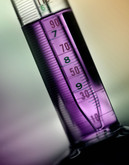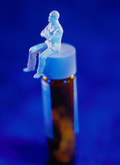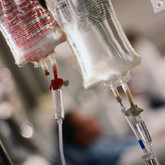Reports
Growing economies, growing markets: a bright future for biosimilars
The biosimilars market, currently small and focused on a few disease areas and countries, is likely to grow considerably over the coming years, particularly in the US and emerging economies such as Brazil and South Korea. An analysis by IMS Health indicates that while this situation is potentially highly lucrative, careful planning and negotiation by producers will be required to make the most of the burgeoning markets [1].
Positioning of biosimilars: commodity versus differentiated
How to market a new biosimilar is a key question, especially when taking into consideration the costs that are associated with developing a biosimilar. Whether the biosimilar will be a bulk (commodity) product or a differentiated product can have significant impact on the uptake of the biosimilar.
Generics reduce England’s drug spending
According to a new report from the National Health Service in England, published on 31 July 2012, despite a 3.8% increase in the number of prescriptions dispensed in 2011 compared to 2010, spending on pharmaceuticals has decreased by 0.3%.
European uptake of biosimilars
Despite the fact that Europe accounts for 80% of global spending on biosimilars, uptake varies significantly between different countries. This variation is mostly attributed to differences in the healthcare systems between different countries, but is also due to differing attitudes in the different countries, see Figure 1. However, continuing pressure on healthcare budgets is expected to force a change in attitudes and cause an increase in the use of lower cost biosimilars across Europe.
Biosimilars: key players and global market trends
Biosimilars are approaching a turning point in their evolution, although positive moves are being made, there is still much that has to change in order to create a global market that can sustain biosimilars [1].
Biosimilars policies in Italy
According to the 2011 report by Rovira et al., biosimilars commercialised in Italy show a low penetration both in the total market (0.01%) and in the biological market (0.3%). However, in order to try and promote the uptake of biosimilars, a specific initiative is now being used during the negotiation procedure of biosimilars giving progressive price reductions [1].
Generics saved US healthcare system and patients US$1 trillion
According to a new report from the Generic Pharmaceutical Association (GPhA), released on 2 August 2012, generics saved the US healthcare system and patients US$1 billion every other day―totaling US$193 billion in 2011 and more than US$1 trillion over the last 10 years (2002–2011).
Rise in US spending on generics: a buoyant market as patents expire on brand-name drugs
A new IMS report notes a rise in spending on generic medicines in the US to 27%, or US$75 billion, and looks at the main changes driving the trend.
More capacity needed in clinical trial review for national approval of biosimilars
The need for National Regulatory Authorities to build capacity in clinical trials review, and for WHO to continue monitoring regulatory procedures for the evaluation of biosimilars were among the main recommendations of a workshop to discuss the implementation of WHO guidelines on evaluating biosimilars in Seoul, Republic of Korea, 24–26 August 2010.
WHO guidelines on biosimilars: case studies and discussion highlights
The experiences and progress of different countries in implementing WHO guidelines on evaluating biosimilars were the focus of a workshop hosted jointly by WHO and Korea Food and Drug Administration (KFDA).













